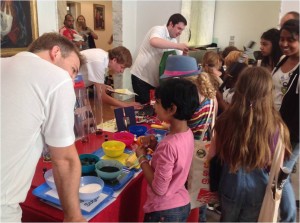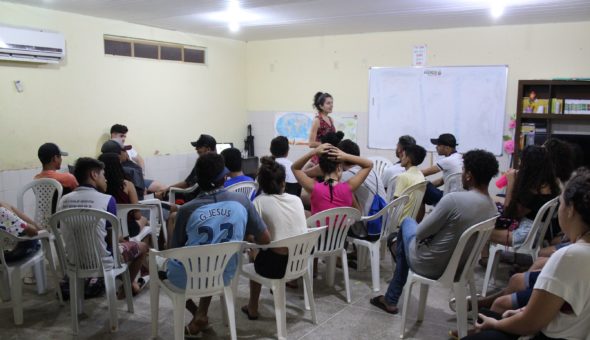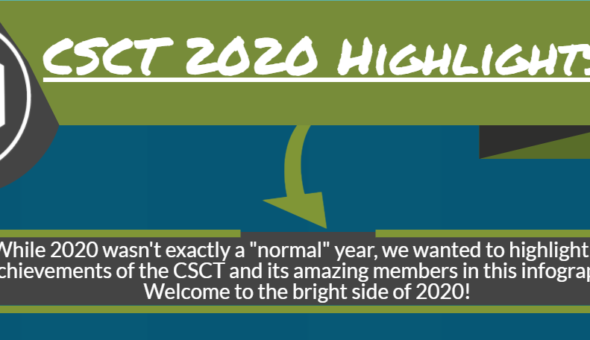On 5 and 6 July 2014, five of our second-year students (Stephen Bradley, George Gregory, Paul McKeown, Marcus Johns and Jon Wagner) were joined by third-year student Emily Hayward to present an exhibit at the Summer Science Exhibition at the prestigious Royal Society in London. This post was contributed by Stephen Bradley.
Students from the DTC were lucky enough to be offered the opportunity to hold an exhibit for two days at the Summer Science Exhibition 2014. The event itself runs for a whole week each year, at the Royal Society in London. It is free for anyone to attend and boasts a range of activities, suitable for families and adults throughout the week, with a particular focus on meeting the scientists behind cutting edge research of all types.

Being present during this weekend, we were able to reach a unique audience containing a mixture of adults, children and families. We were keen to take up this opportunity to reach such an audience and were very pleased to be able to see some of the other wonderful science and science communication that was going on too!
We took an interactive, hands-on exhibit comprising of three different experiments, making sure there would be something to interest all age groups. The first focussed around choosing renewable feedstocks to replace fossil fuels for the manufacture of a range of products, such as tyres and cosmetics. The second was a (working) banana piano to demonstrate non-metal conductors of electricity. The third was an experiment in which people competed to construct the best-performing battery.

All of the experiments seemed to go down very well with the public and other exhibitors. The renewable feedstocks exhibit was a particular success with adults, as it allowed them to have in-depth discussions with scientists around the general area of sustainability – I dare say we learnt a few things from the public too! The battery-building exhibit, which had been designed in collaboration with final year Graphic Communication students at Bath Spa University was particularly popular with children; its bright and interesting design, and competitive nature, ensured it was a hit!
We had a great time at the exhibition, and thoroughly enjoyed the opportunity to speak with over 3,000 people during the course of the event. Hopefully the public enjoyed it as much as we did! It was also great to see some of the ways in which other people were communicating some genuinely ground-breaking and fascinating research.
Respond


